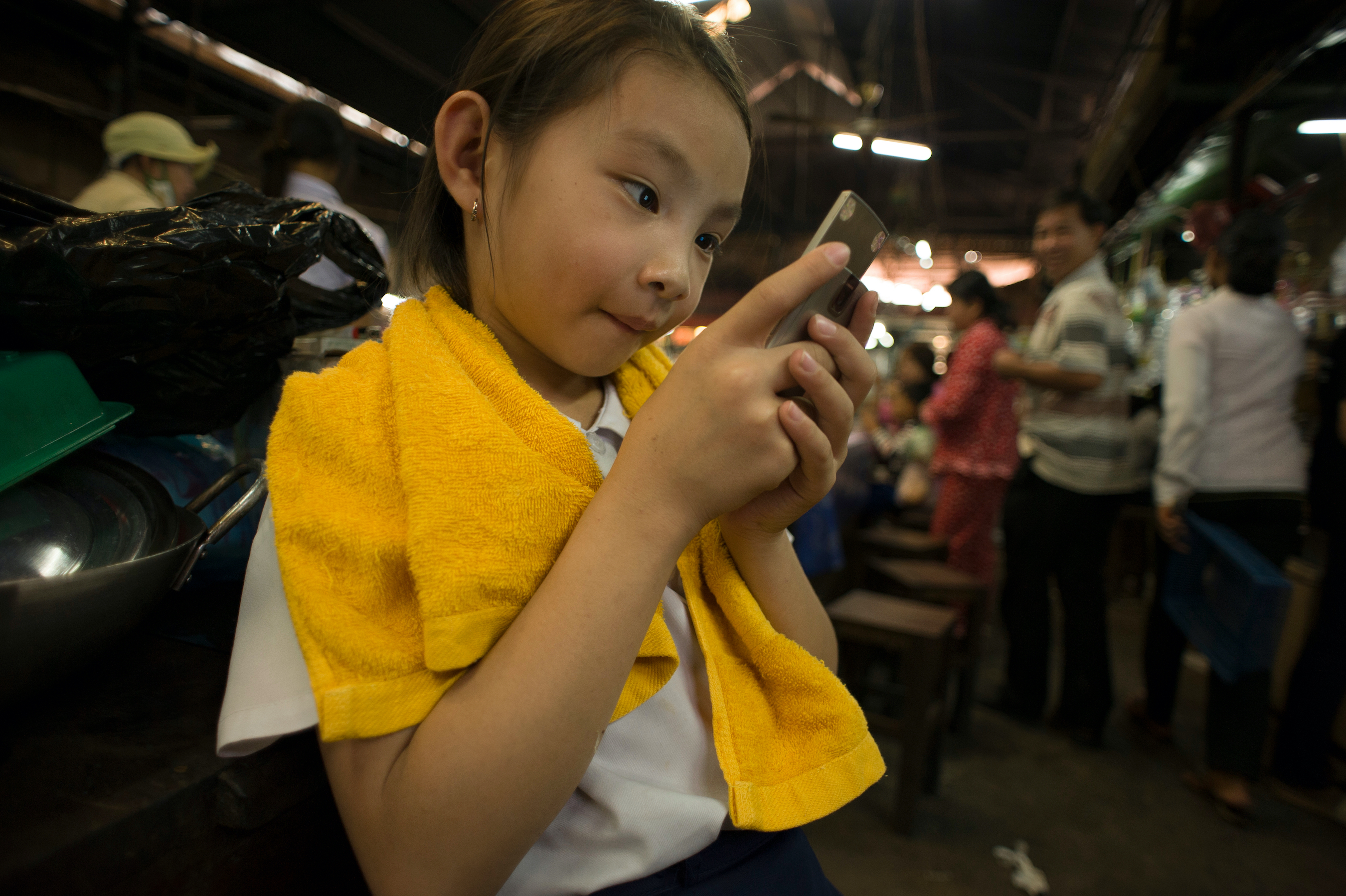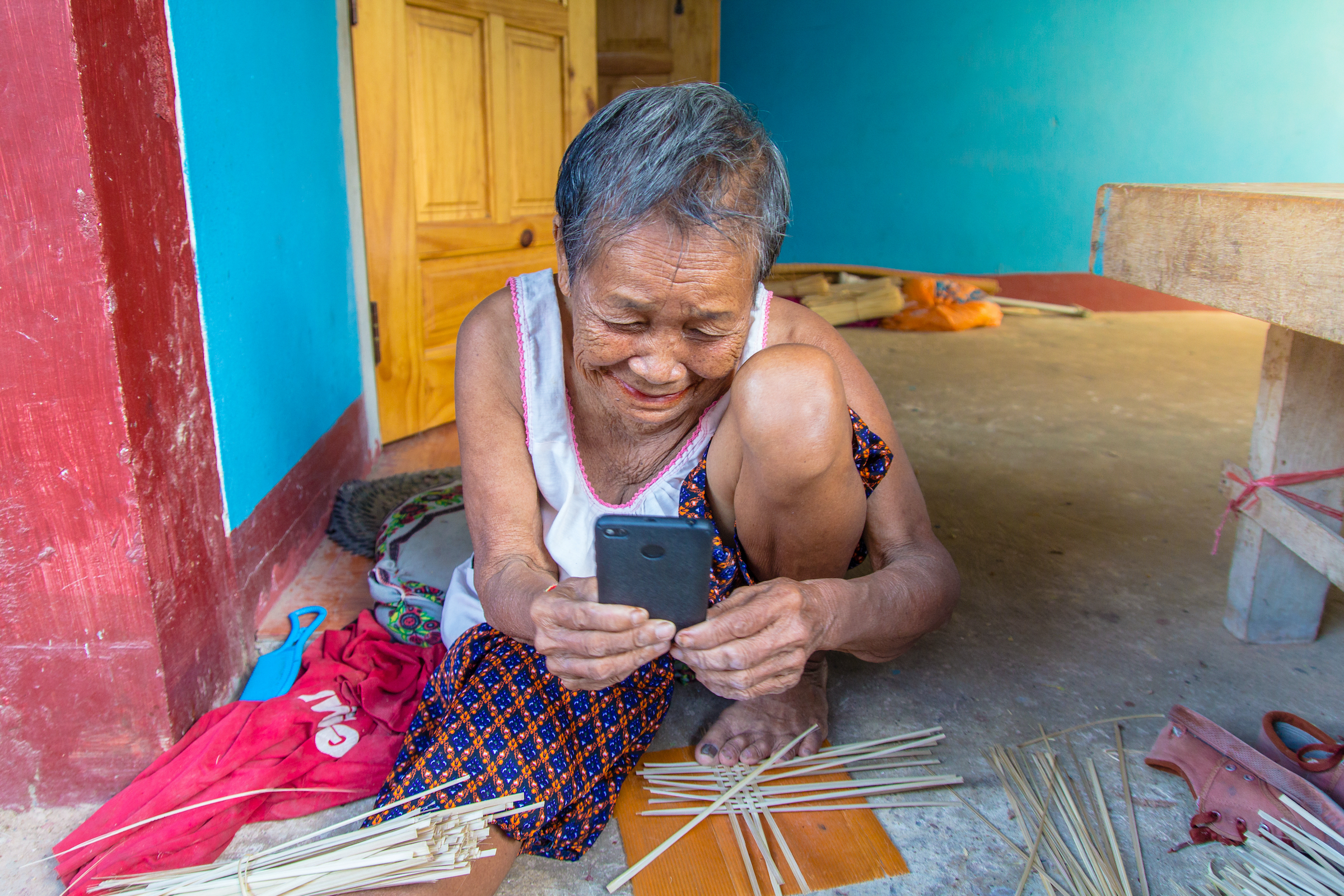In recent years, we’ve all read about mobile phones becoming widespread throughout the world. A lot of people in the so-called Global South, or developing economies, can now finally afford smartphones. They use Facebook, they use YouTube, they participate in e-commerce. Since these apps are what “we,” that is people in Western countries, use to access a lot of the internet, we often think that the way we experience them must be how they experience them, too. But there are some big differences in this experience that have to do with economic conditions, infrastructure and general living conditions.
How much did you pay for your Facebook account? That’s not a trick question. We know that the correct answer is that a Facebook account is free. But it’s not free everywhere.


